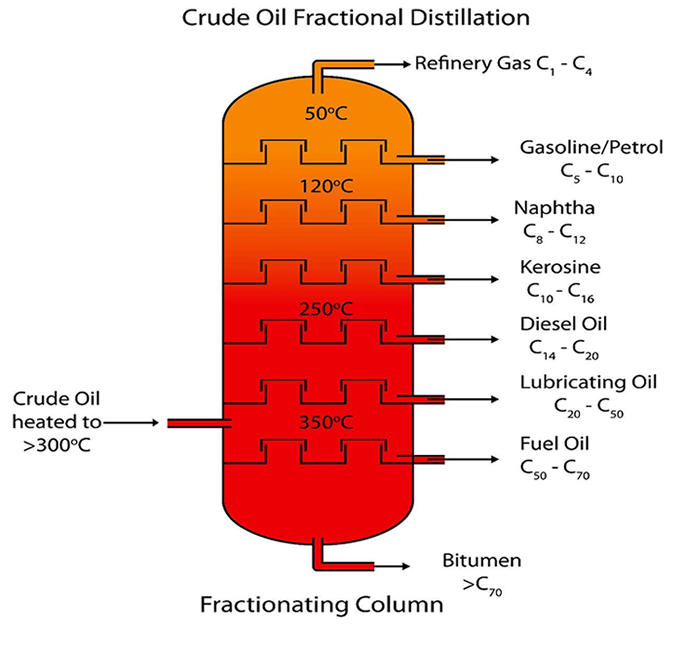Motor oil
Oil being drained from an automobile
Recycled motor oil can be combusted as fuel, usually in plant boilers, space heaters, or industrial heating applications such as blast furnaces and cement kilns. When used motor oil is burned as fuel it must be burned at high temperatures to avoid gaseous pollution. Alternatively, waste motor oil can be distilled into diesel fuel or marine fuel in a process similar to oil re-refining, but without the final hydrotreating process.[citation needed] The lubrication properties of motor oil persist, even in used oil, and it can be recycled indefinitely.
Used motor oil re-refining
See also: Motor oil: Re-refined motor oil
Used oil re-refining is the process of restoring used oil to new oil by removing chemical impurities, heavy metals, and dirt. Used industrial and automotive oil is recycled at re-refineries. The used oil is first tested to determine suitability for re-refining, after which it is dehydrated and the water distillate is treated before being released into the environment. Dehydrating also removes the residual light fuel that can be used to power the refinery, and additionally captures ethylene glycol for re-use in recycled antifreeze.
Next, industrial fuel is separated out of the used oil then vacuum distillation removes the lube cut (that is, the fraction suitable for reuse as lubricating oil) leaving a heavy oil that contains the used oil’s additives and other by-products such as asphalt extender. The lube cut next undergoes hydrotreating, or catalytic hydrogenation to remove residual polymers and other chemical compounds, and saturate carbon chains with hydrogen for greater stability.
Final oil separation, or fractionating, separate the oil into three different oil grades: Light viscosity lubricants suitable for general lubricant applications, low viscosity lubricants for automotive and industrial applications, and high viscosity lubricants for heavy-duty applications. The oil that is produced in this step is referred to as re-refined base oil (RRBL).
The final step is blending additives into these three grades of oil products to produce final products with the right detergent and anti-friction qualities. Then each product is tested again for quality and purity before being released for sale to the public.
But you can not simply compare those ratios and conclude that refining from crude is immensely inefficient. Crude oil refining yields large amounts of fuels. Below is a comparison of refining from used motor oil and refining from crude.
Re-refining one unit of used motor oil will yield:
71% lube oil
5% fuels
14% asphalt
10% water
Refining one unit of crude oil will yield:
84% fuels (46% gasoline, 38% other fuels)
9% gases
4% coke
3% asphalt and road oil
3% petrochemical feed-stocks

